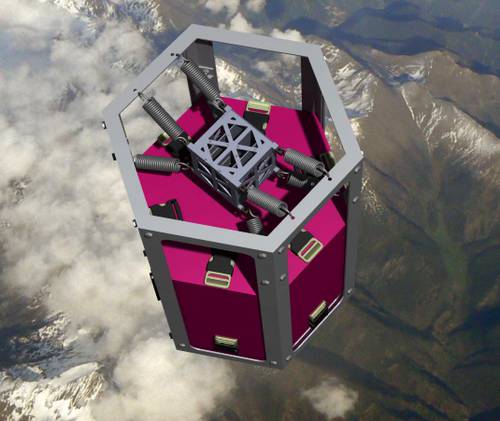In a bid to shift from being a country that assembles aerospace technology to one that develops its own, Mexico is taking part in its first suborbital mission. This project is being led by Mario Alberto Mendoza Bárcenas from the Aerospace Development Center of the National Polytechnic Institute (IPN), who emphasized the importance of this transition. The IPN team, in collaboration with the National Autonomous University of Mexico (UNAM), designed the Experimental Module for the Iterative Design of Satellite Subsystems version 6 (Emidss-6).
The module will be launched into the stratosphere on December 31 with the support of NASA and the US National Science Foundation. The mission will take place from McMurdo Base in Antarctica and will last between 15 to 20 days, orbiting the Earth completely. The module will be carried by a superpressure balloon (SPB) to allow for an extended float time in the stratosphere.
Mendoza Bárcenas highlighted that Mexico’s participation in this project is a result of a collaboration with NASA that dates back to 2019. This collaboration began with the development of the Emidss-1, an instrument containing environmental sensors and a flight computer, which was launched in 2019. Subsequent projects, such as the Emidss-2 and Emidss-3, further strengthened


